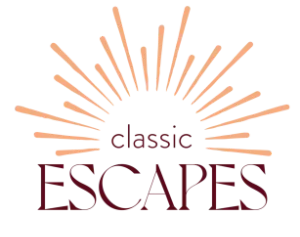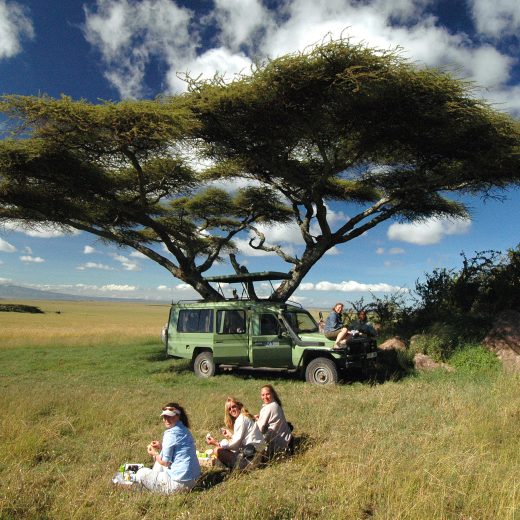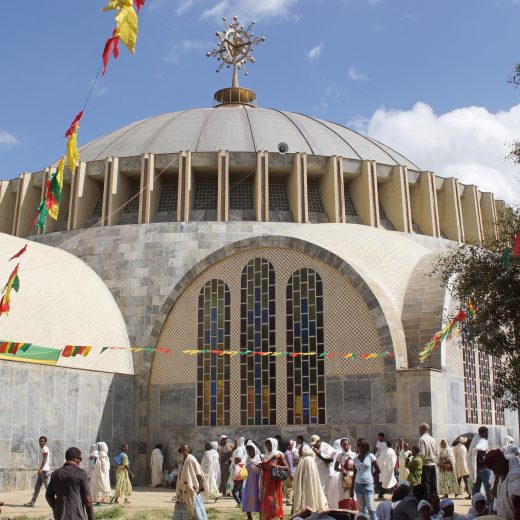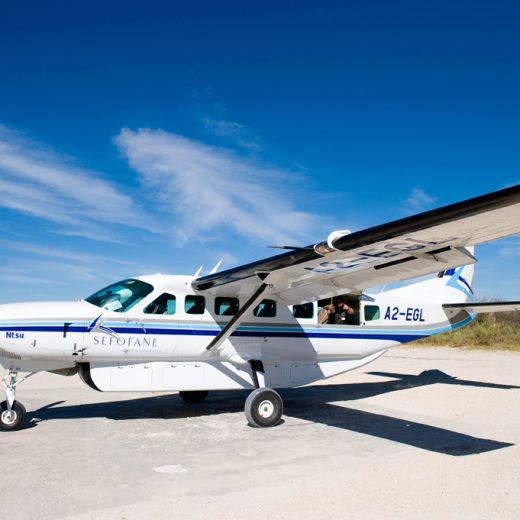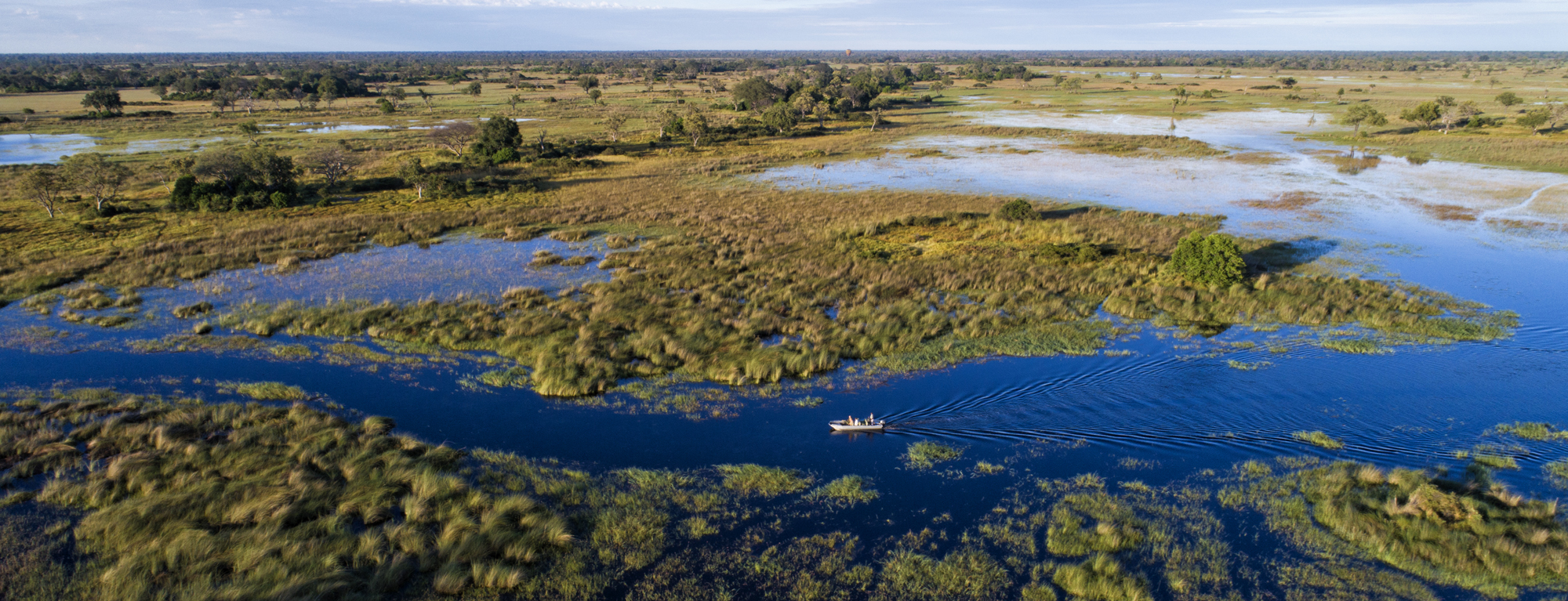
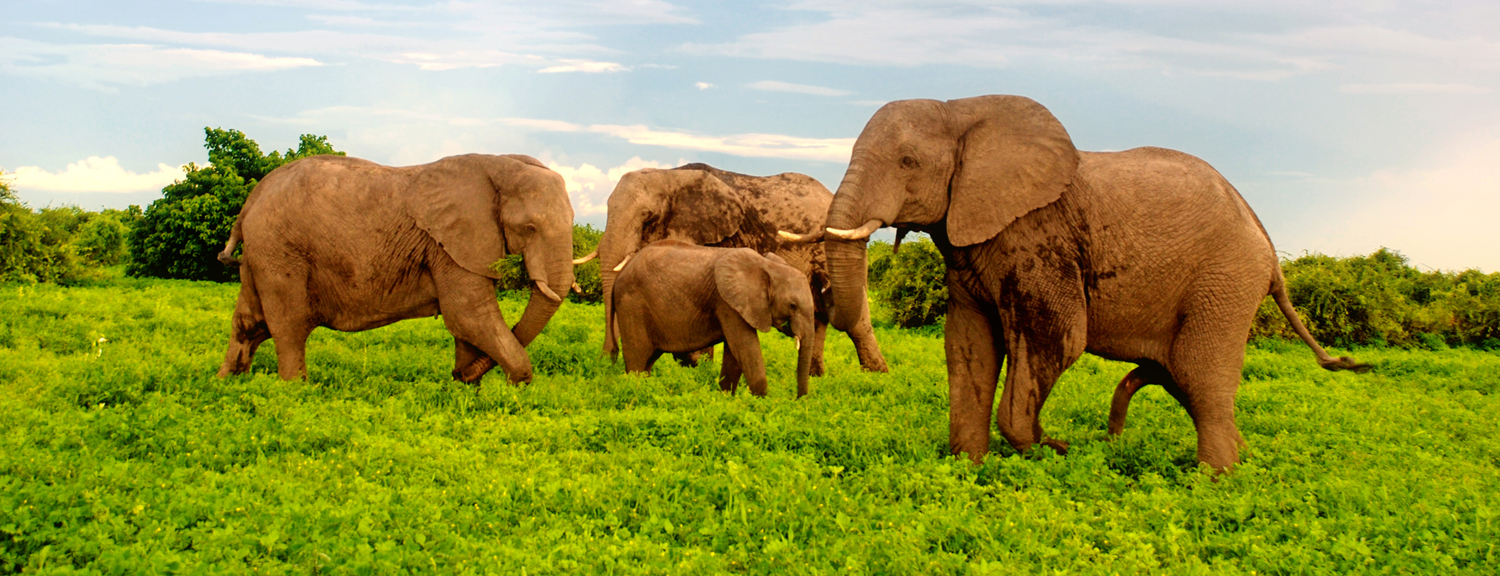
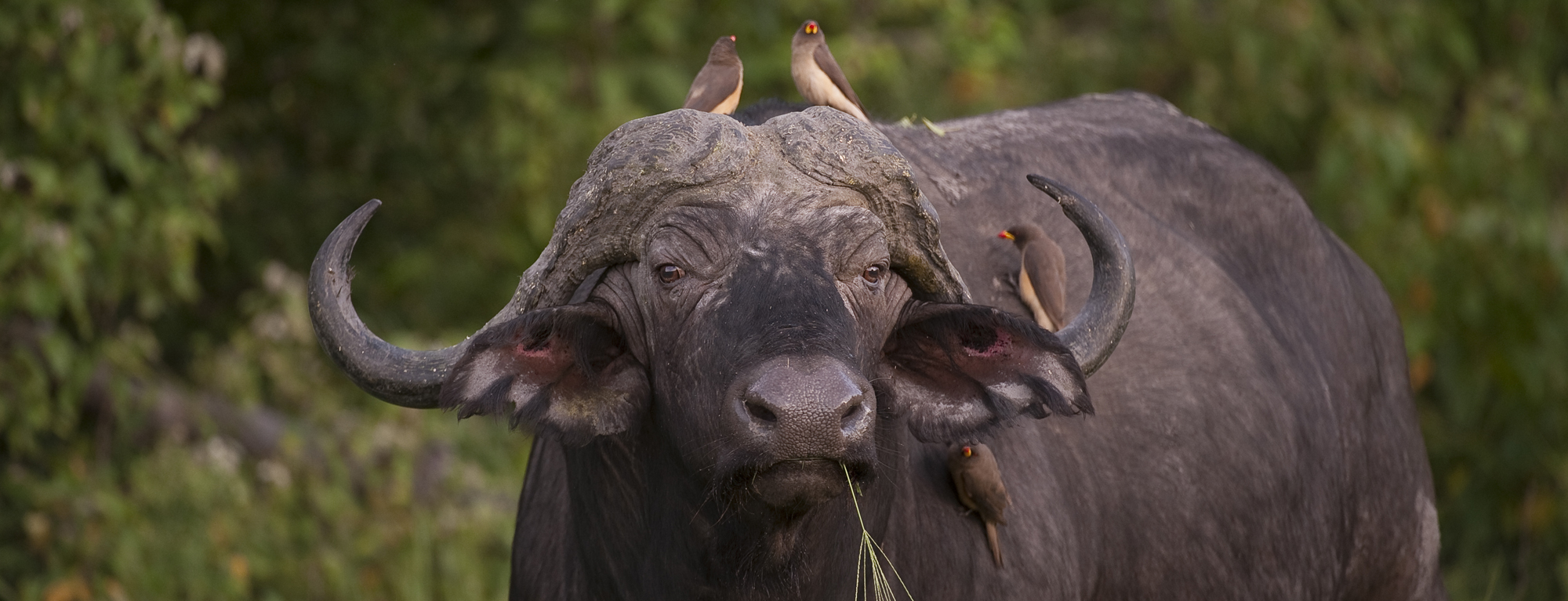
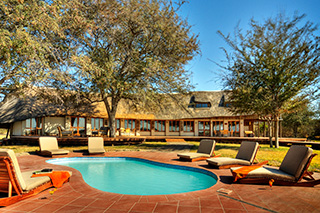
YOUR JOURNEY INCLUDES:
- Flight between Kasane/Saguni Lodge Okavango/Maun on the main program.
- Flights between Johannesburg & Cape Town on the post extension.
- Superior accommodations throughout as indicated or similar.
- All meals while on safari. Other meals as specified in itinerary.
- Bottled water in vehicles during touring and safaris.
- All wildlife viewing by 4X4 vehicles, driven by professional rangers.
- Local expert guides throughout.
- All applicable hotel and lodge taxes and gratuities for baggage handling.
- All park entry fees and sightseeing as specified.
- Complimentary luggage tags.
- Complimentary emergency evacuation insurance.
Peermont Mondior Hotel at Emperors Palace, known as the ‘Palace of Dreams’, provides hotel accommodation near O.R. Tambo International Airport that is elegantly furnished in a contemporary African style. An exciting standard in world-class business, conference and leisure accommodation dominates the atmosphere at this luxury hotel. The hotel features 150 spacious rooms and suites. Watch the sunrise over breakfast, enjoy a sociable luncheon at the chic Oriana restaurant and finish off the day with a relaxing cocktail at The Silver Moon bar. Hotel guests have access to the casino, dining, entertainment, convention and relaxation facilities at the Emperors Palace Hotel, Casino and Convention Resort. Overnight at PEERMONT MONDIOR HOTEL.
Your visit will include a tour of the falls on the Zimbabwe side. An afternoon sundowner cruise will be a highlight as you glide along the Zambezi River watching hippos snort, elephants drink on the riverbank, monkeys jump from branch to branch, birds fly overhead or pose for a photograph on the branches, and much more. Enjoy your gin and tonic, cool beer, or drink of choice, and see a panoramic sunset as the sun dips below the horizon, painting the whole area in unbelievable colors of brilliant reds, yellows, purples and mauves.
Ilala Lodge is an intimate boutique hotel ideally situated on the Zimbabwean side of the mighty Zambezi River, where it is geographically the closest hotel to the magnificent Falls. All of its 56 rooms have views of the Victoria Falls spray. The décor of the rooms is classic and the furniture is made from teak railway sleepers. Each room has en suite bathroom, air conditioner, satellite TV, overhead fan, hair dryer, a digital safe, as well as tea/coffee-making facilities. The food at Ilala Lodge is excellent, the Palm Restaurant offers superb cuisine, and the chance to relax, and soak in the atmosphere and elegant surroundings. Overnights at the ILALA LODGE. (B Daily) http://www.ilalalodge.com/
A major feature of Chobe National Park is its overabundance of elephant often seen at the river front bathing in the water. Vast numbers of elephant come down to drink in the late afternoons and it is possible to see as many as 1,000 of these magnificent animals in a two-hour wildlife drive. The Chobe elephant comprise part of what is probably the largest surviving continuous elephant population, covering most of northern Botswana and northwestern Zimbabwe. Botswana’s elephant population is currently estimated at around 120,000, which has built up steadily from a few thousand in the early 1900s and has escaped the massive illegal off take that has decimated other populations in the 1970s and 1980s. These elephants are migratory, making seasonal movements of up to 124 miles from the Chobe and Linyanti Rivers, where they concentrate in the dry season, to the pans in the southeast of the park, to which they disperse in the rains. The elephants in this area have the distinction of being the largest in body size of all living elephants though the ivory is brittle and you will not see many huge tuskers among these gentle giants.
Elephant Valley Lodge is found in the peaceful wilderness of the African bush. The lodge is located in a unique position over-looking the Lesoma Valley in the Chobe District, amidst the largest population of African elephant in the world. There are 20 spacious accommodation tents with such amenities as fans in the summer andelectric blankets in winter, hair dryers, charging points and en-suite shower and toilet. Overnights at the ELEPHANT VALLEY LODGE.http://evlodge.com/
Your activities center on mokoro (dugout canoe) rides, boat excursions and walking safaris. See the delta from water level and relax as you glide through quiet reed-lined channels. Birding is excellent, with Pels Fishing Owl and Wattled Crane being observed with regularity. In all, more than 600 species reside within the 7,000 square miles of islands, marshes, flood plains, and channels of which the Okavango is comprised. Feel the beat of Africa beneath your feet on a walking safari, and take a boat through the reeds to spot some of the larger species such as elephant, red lechwe, zebra, wildebeest, giraffe, baboon, monkey, warthog, and buffalo, along with major predators such as lion, leopard, and hyena. If you are lucky, spot the elusive sitatunga antelope which have been known to sleep in the water, with only their nostrils resting above the water’s surface.
The Khwai Concession is a 180,000-hectare reserve situated in the north eastern Okavango adjacent to the Moremi Game Reserve, meaning there is plenty to explore in both areas! The area is home to a vast species of game including elephant, buffalo, lion, leopard, cheetah, wild dogs, hyena, giraffe, zebra, wildebeest, kudu, red letchwe, impala, honey badgers, hippos and crocodile.
Kadizora Camp is situated between the Vumbura River and Selinda Spillway. It lies in the remote northern part of the Okavango Delta over-looking a panoramic seasonal floodplain. Giant Marulas, Sycamore figs, Jackalberries and Rain trees provide a canopy of shade throughout the camp. The bar, lounge, reception and dining area form a horse-shoe shape around the sandy fire pit. From there, a decked walkway leads you to an inviting swimming pool with a view over the floodplain.
Overnights at KADIZORA CAMP. https://africawildlodges.com/kadizora-camp/
Botswana can be visited year-round. June-August is Botswana’s winter and the mornings and evenings can be quite cold, the water levels are at their highest, and it is generally considered high season. However, the off-peak season also offers spectacular wildlife viewing and the pricing is best during that time of year.
At Victoria Falls, the water levels are high January-July on the Zambian side and diminish after that. For best viewing of the Falls, we recommend that travelers visit the Zimbabwe side between August and the end of the year – this tour can very easily be arranged at an additional cost if staying at the Zambian side of the Falls.

